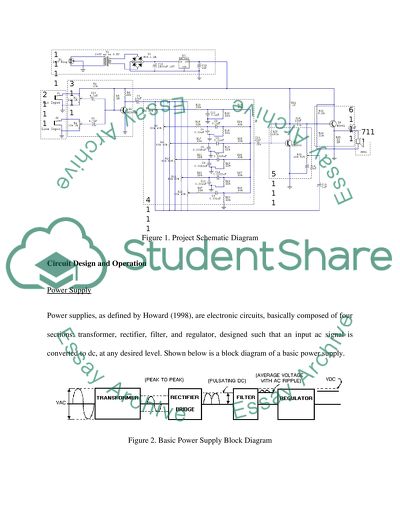Cite this document
(“Transistor level implementation of karaoke machine with 6 band graphic Essay - 1”, n.d.)
Retrieved from https://studentshare.org/macro-microeconomics/1422378-transistor-level-implementation-of-karaoke-machine
Retrieved from https://studentshare.org/macro-microeconomics/1422378-transistor-level-implementation-of-karaoke-machine
(Transistor Level Implementation of Karaoke Machine With 6 Band Graphic Essay - 1)
https://studentshare.org/macro-microeconomics/1422378-transistor-level-implementation-of-karaoke-machine.
https://studentshare.org/macro-microeconomics/1422378-transistor-level-implementation-of-karaoke-machine.
“Transistor Level Implementation of Karaoke Machine With 6 Band Graphic Essay - 1”, n.d. https://studentshare.org/macro-microeconomics/1422378-transistor-level-implementation-of-karaoke-machine.


